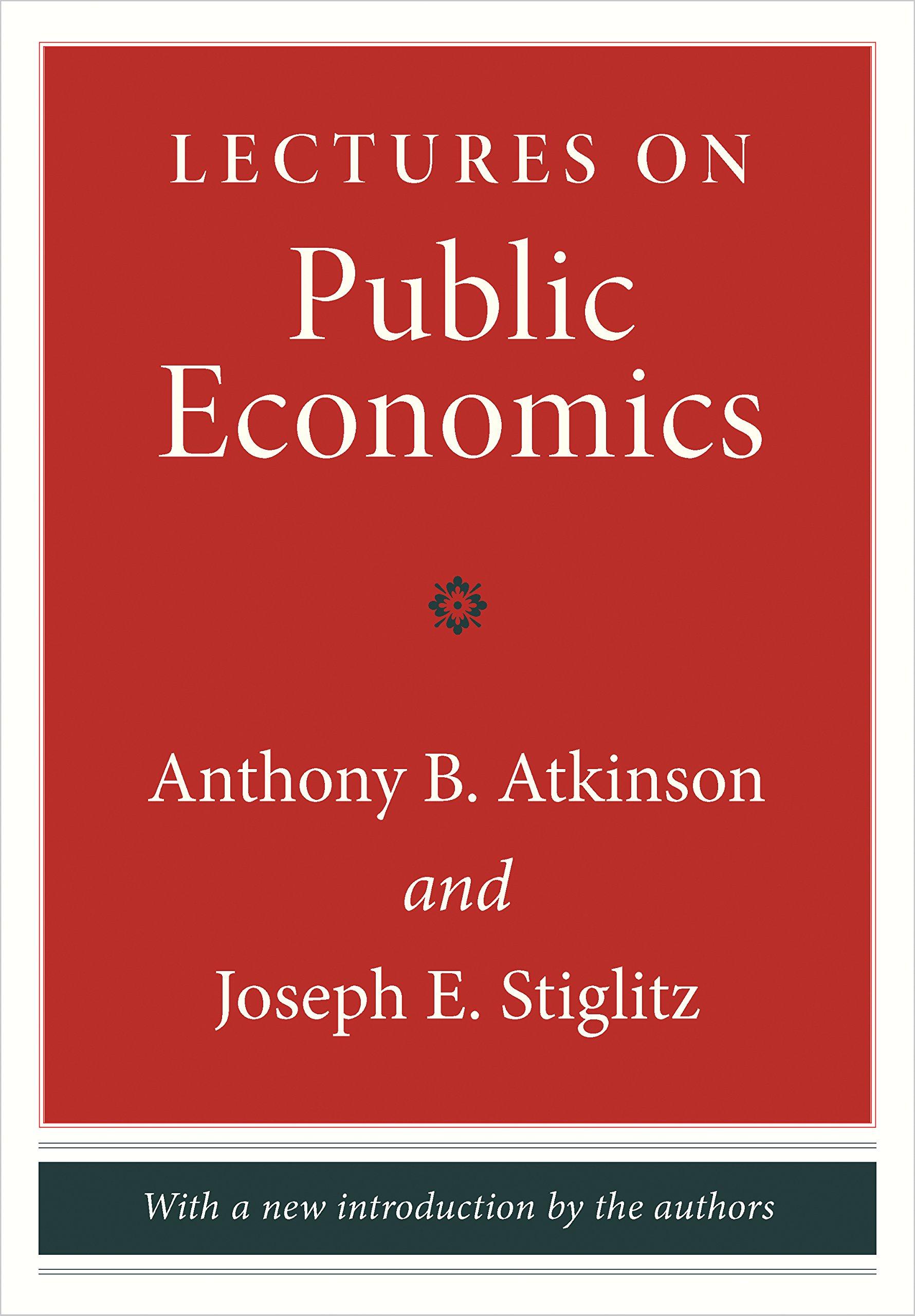Question
A 44-year-old South African resident engineer works for an engineering company. The demands of his job require him to be at or near the engineering
A 44-year-old South African resident engineer works for an engineering company. The demands of his job require him to be at or near the engineering site during the construction phase of each project on which he works. He is therefore required to move regularly. On 1 June 2021, the company lost their major customer and announced the intention to restructure the company. Barely a year later, on 30 January 2022, the engineer was retrenched. He has three children with his wife, to whom he is married in community of property. All three children are still at school. The following information is relevant for the 2021/2022 year of assessment: 1. He receives a monthly cash salary of R91 000. 2. The company paid his childrens school fees of R7 500 per month. 3. The company requires all employees to contribute 5% of their cash salary to the companys pension fund. The company makes no contributions to the fund. His contributions to the fund ceased upon retrenchment. 4. In addition to his contributions to the company pension fund, he contributed R7 000 per month to a retirement annuity fund in his name. The contributions to the retirement annuity fund continued after his retrenchment. 5. He receives a travel allowance amounting to R12 000 per month towards the use of his double-cab bakkie that he purchased on 1 March 2021 for R490 000, including VAT. His logbook reflected a total of 25 000 km travelled, of which 19 000 km were for business purpose. 6. He received a loan of R500 000 from his employer on 1 May 2021. In terms of the loan agreement, an interest rate of 5% per annum is due on the loan amount. The official rate, as per the Government Gazette, is 7%. 7. During the year, additional medical expenses of R95 000 were not covered by his medical aid. The medical aid contributions made by his employer and himself were 6% and 3%, respectively, of his cash salary. The employers contributions ceased when he was retrenched; he continued to cover all medical contributions himself.8. On 30 January 2022, when he was retrenched, he received the following pay-outs: accumulated leave pay of R80 000, and a severance package of R1 350 000. 9. He withdrew from both the company pension fund and the retirement annuity fund on 1 February 2022: The full company pension fund value is R 1 150 000; of this value, the contributions made by him and for which he did not receive a tax deduction amounted to R150 000. He took the maximum amount as a lump sum. The retirement annuity fund amounted to R500 000. He took out the maximum amount as a lump sum.
1. Use a zero (0) to clearly indicate any items of income that are not taxable, or expenses that are not deductible, and provide a reason for the amount not being taxable or deductible. 2. Round off to the nearest whole number. 3. Show all calculations. (30 marks)
Step by Step Solution
There are 3 Steps involved in it
Step: 1

Get Instant Access to Expert-Tailored Solutions
See step-by-step solutions with expert insights and AI powered tools for academic success
Step: 2

Step: 3

Ace Your Homework with AI
Get the answers you need in no time with our AI-driven, step-by-step assistance
Get Started


